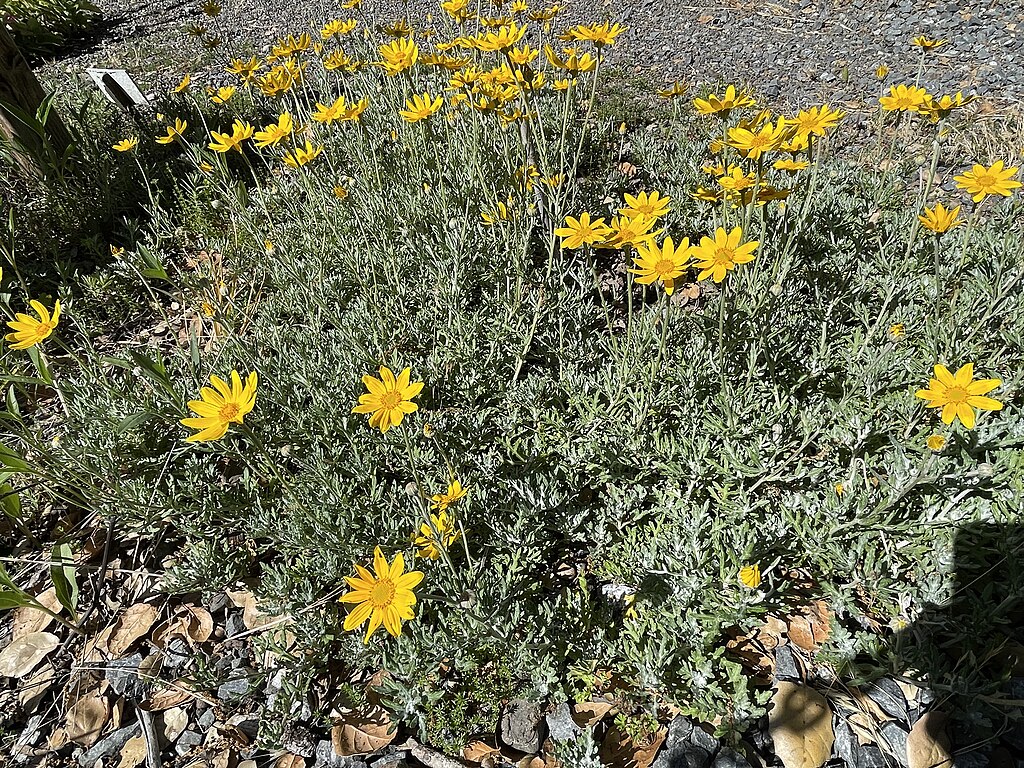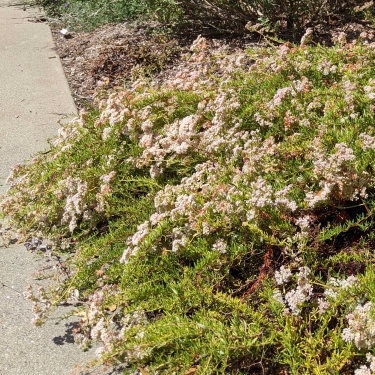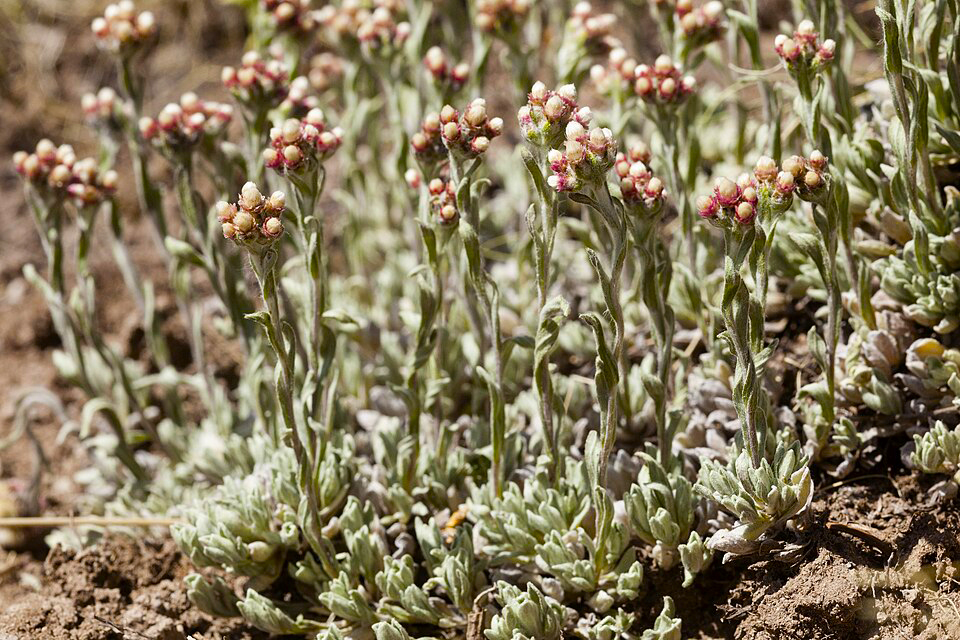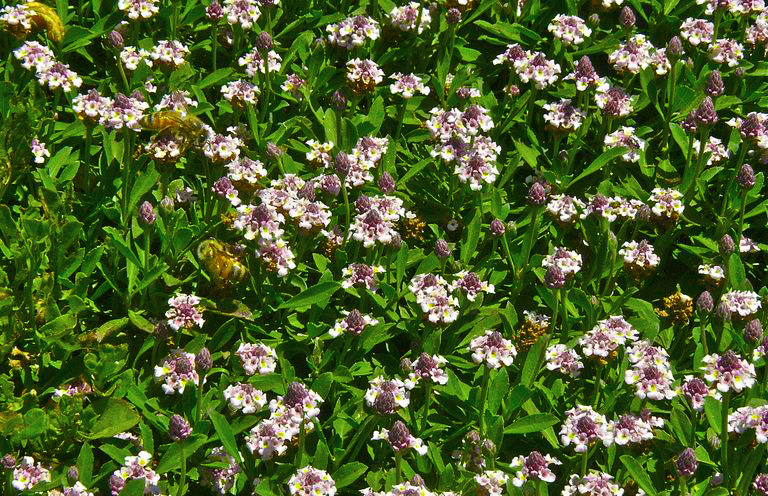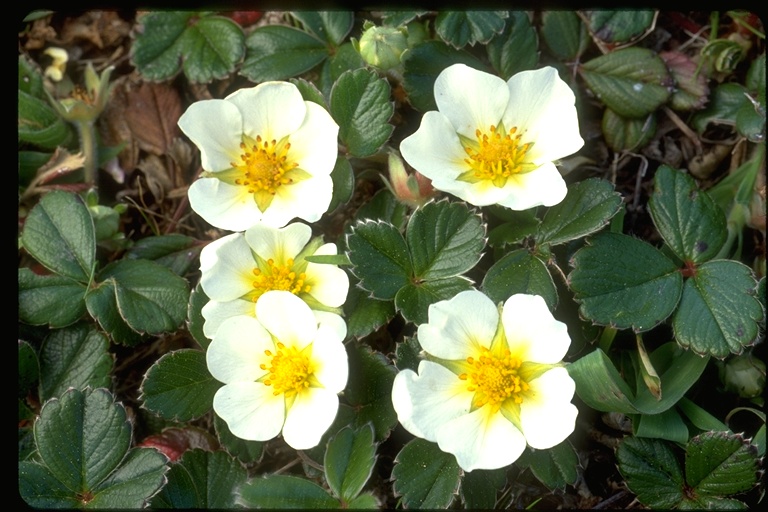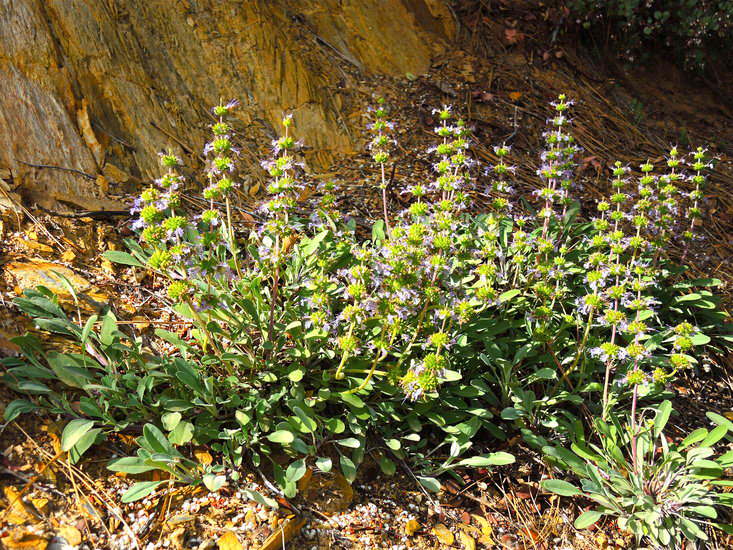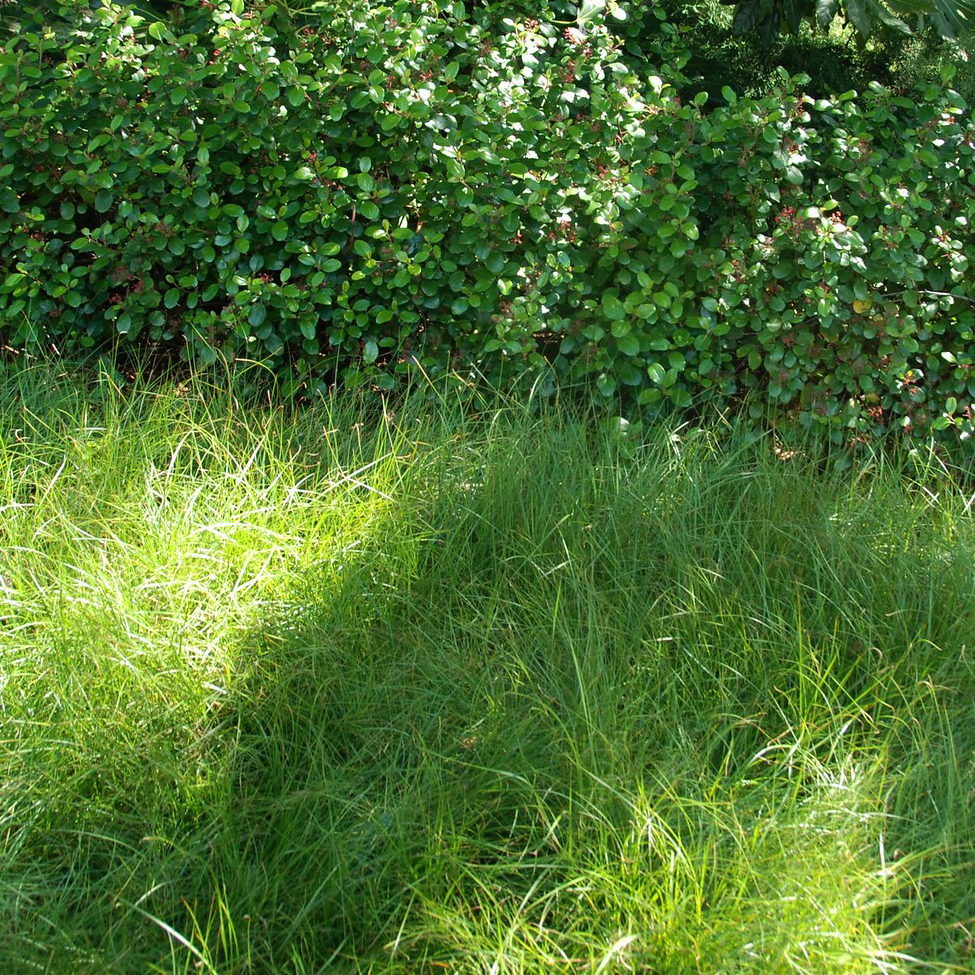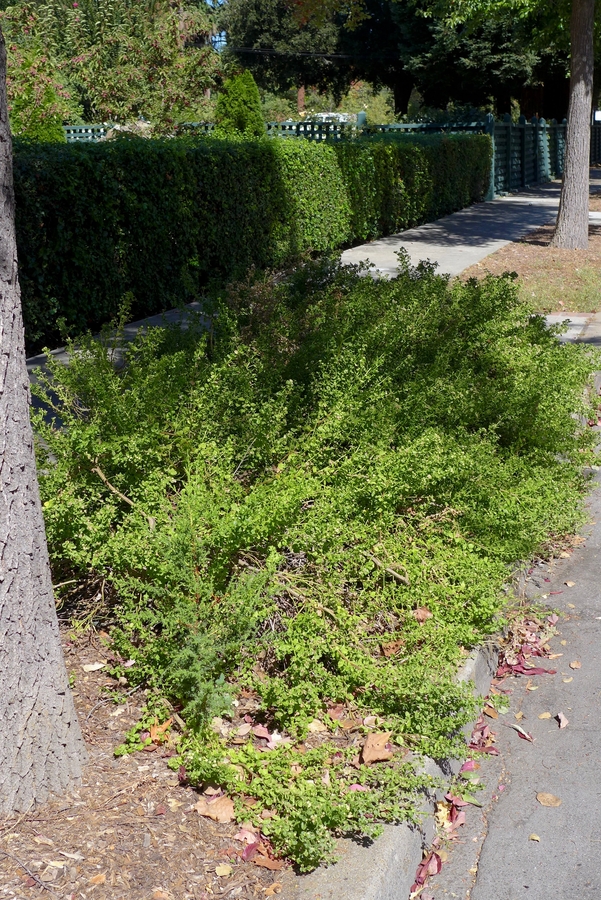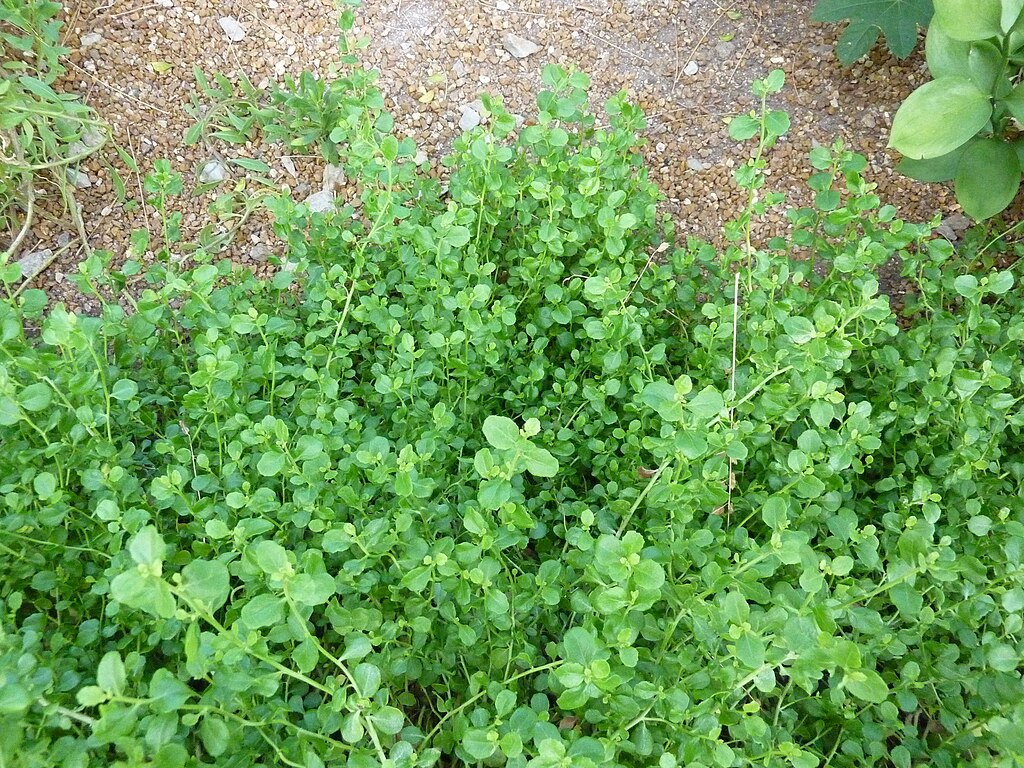
The Best Ceanothus Varieties in our Nursery
Looking for a beautiful, low-maintenance shrub that supports pollinators and thrives in dry conditions? Ceanothus, also known as California lilac, checks every box. With brilliant blue flowers, evergreen foliage, and remarkable drought tolerance, this iconic native plant is a must-have for pollinator gardens, butterfly habitats, and water-wise landscapes.
In this article, we’ll introduce you to the Ceanothus family and highlight six standout varieties we grow and sell—each one with its own unique features and benefits.
Why Ceanothus Belongs in Your Pollinator Garden
Ceanothus doesn’t just look good—it supports wildlife in powerful ways. These native shrubs are an essential nectar source for local pollinators, especially in the early spring when other blooms are scarce.
Butterflies That Rely on Ceanothus
Ceanothus supports the full life cycle of several butterfly species, including:
- California Tortoiseshell
- Pale Swallowtail
- Echo Blue
- These butterflies use Ceanothus as both a nectar source and a host plant—laying eggs on its leaves so caterpillars have immediate access to food. By planting Ceanothus, you’re giving butterflies the shelter and sustenance they need to survive and thrive.
Our Favorite Ceanothus Varieties
We grow several beautiful and hardy Ceanothus varieties at our nursery. Here’s a closer look at each one:

Ceanothus ‘Concha’
A classic favorite with intense cobalt-blue flowers and arching branches.
Growth Habit: Medium-sized shrub, about 6′ tall and wide.
Gardeners love it because it’s one of the most vibrant and reliable bloomers around.

Ceanothus hearstiorum (Hearst’s Ceanothus)
A rare groundcover native to coastal California, perfect for filling open spaces.
Growth Habit: Low and wide; 1–2′ tall, spreads up to 6′ or more.
Gardeners love it because it’s tough, compact, and originally found near Hearst Castle.

Ceanothus ‘Julia Phelps’
An upright shrub with crinkled dark green leaves and clusters of rich blue-violet flowers.
Growth Habit: Upright; 6–8′ tall and wide.
Gardeners love it because it has some of the darkest blue flowers of any Ceanothus.

Ceanothus ‘Skylark’
A compact shrub ideal for small spaces or front-yard landscapes.
Growth Habit: Rounded and tidy; 3–5′ tall and wide.
Gardeners love it because it fits into tight urban gardens without sacrificing beauty.
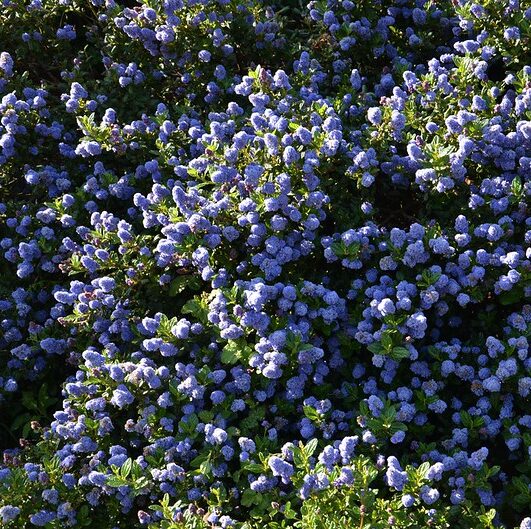
Ceanothus thyrsiflorus (Blue Blossom)
One of the tallest Ceanothus types, with lush leaves and large flower clusters.
Growth Habit: Tall shrub or small tree; up to 15′ high.
Gardeners love it because it’s highly adaptable and perfect for screening or shaping.
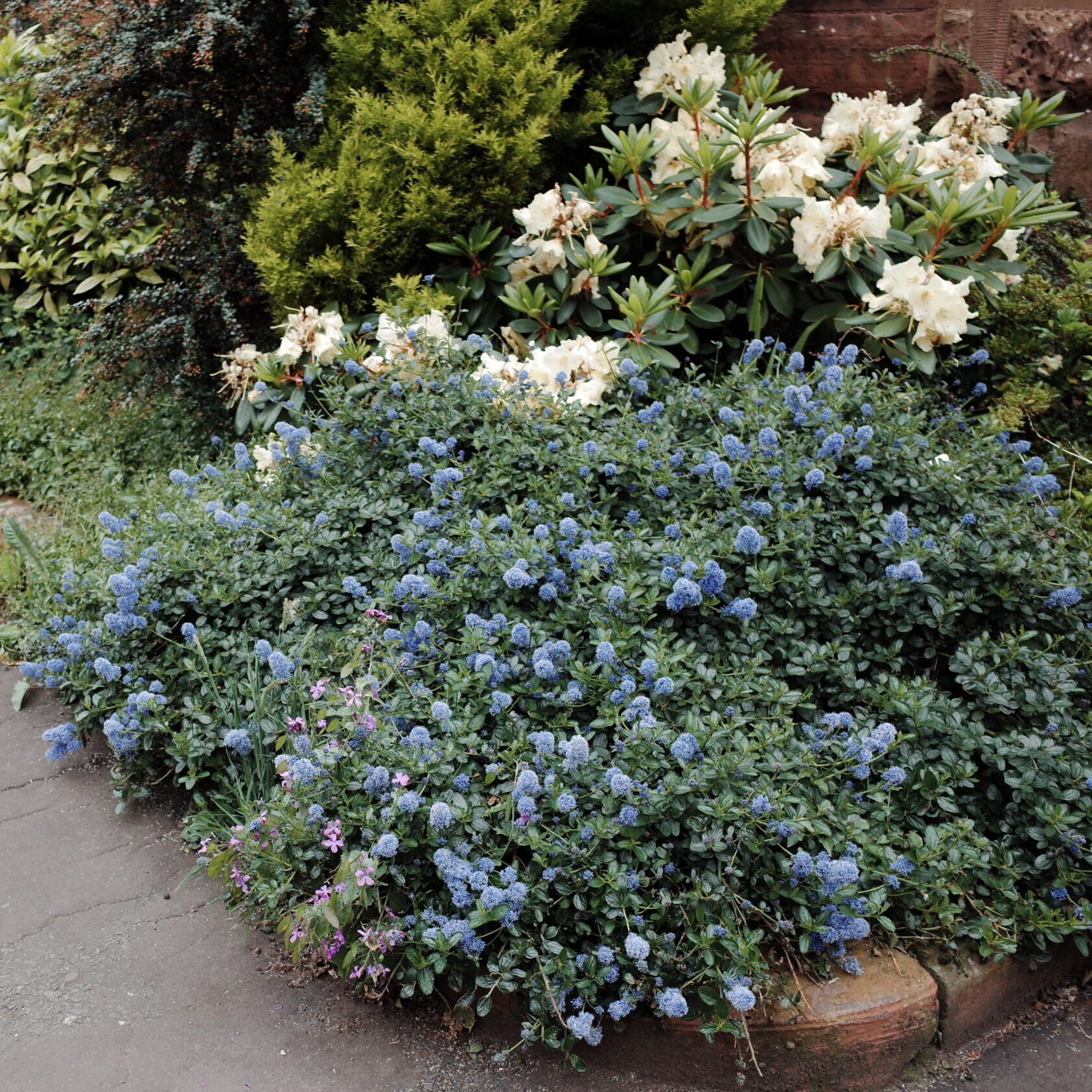
Ceanothus ‘Yankee Point’
A vigorous, fast-spreading groundcover that thrives on slopes and banks.
Growth Habit: 2–3′ tall, spreads up to 10′.
Gardeners love it because it was developed at UC Berkeley and offers reliable erosion control.
Benefits of Growing Ceanothus
- Perfect for native, wildlife, or water-wise gardens
- Drought-tolerant once established
- Supports butterflies and native bees
- Deer-resistant
- Adds year-round color with evergreen foliage
- Fast-growing and low-maintenance
Ready to Plant Ceanothus?
We offer these Ceanothus varieties and more at our nursery. Whether you’re creating a butterfly garden, replacing a thirsty lawn, or simply adding beauty to your yard, Ceanothus is a plant that gives back. Visit our shop page to browse current availability or come see the plants in person!
